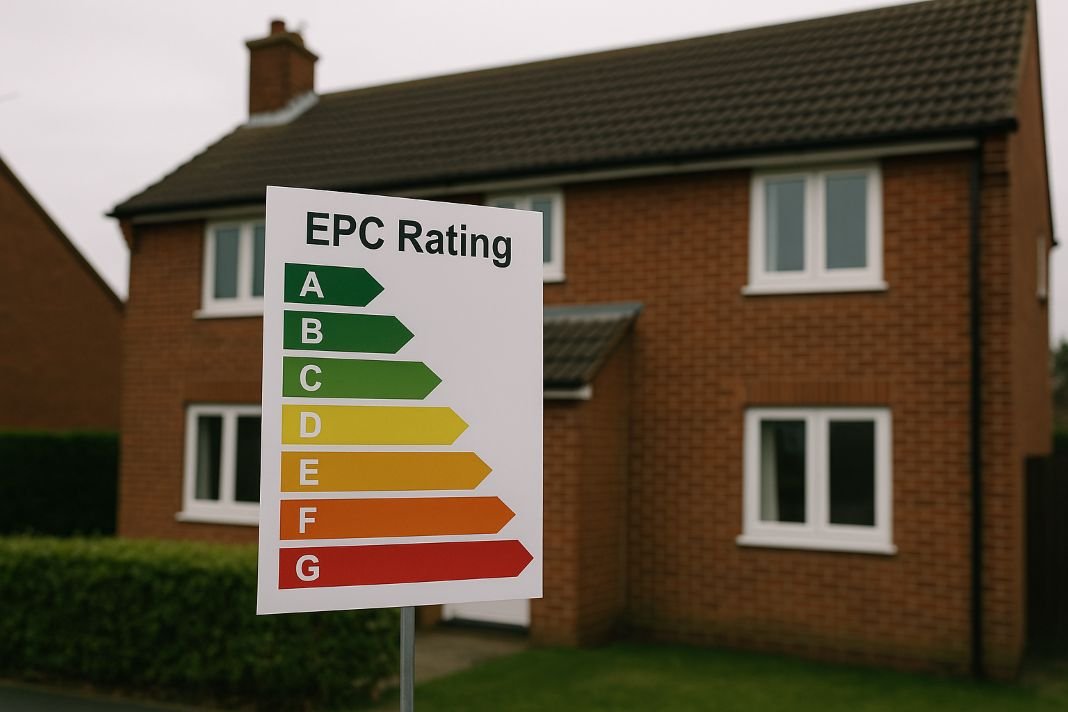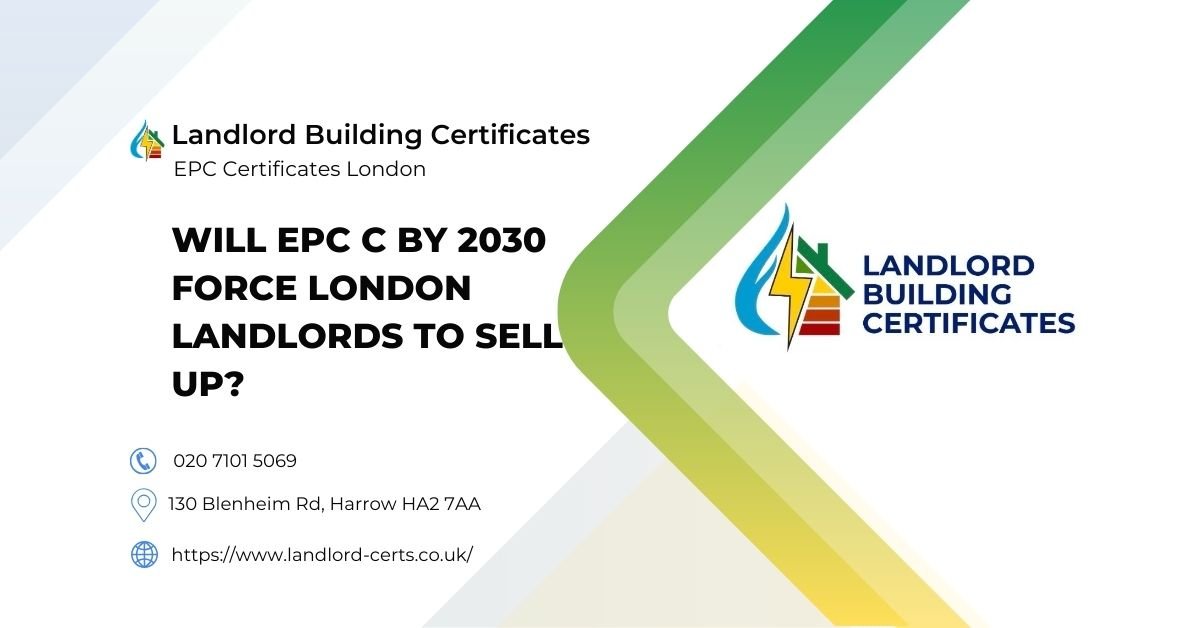Here's What We Have Covered In This Article
What are the key EPC C law dates between 2025 and 2030?
The government has set out key dates for landlords to plan around:
-
2025 – Expected deadline for finalising consultation outcomes
-
2026 – Anticipated expansion of local grant schemes and retrofit trials
-
2028 – All new tenancies must meet EPC C
-
2029 – Last full year before all tenancies are covered
-
2030 – All privately rented homes must meet EPC C or higher
Missing these dates could lead to letting bans, compliance upgrade cost spikes or reduced letting income, so acting early helps reduce risk.
How much does it cost to upgrade to EPC C in West and North West London?
West and North West London have large numbers of older homes that were not built with energy efficiency in mind. These include Victorian terraces, 1960s flats and homes in conservation areas. Bringing these up to EPC C can be expensive and could reduce return on investment.
Landlord forums and data from RetrofitWorks suggest average upgrade costs between £6000 and £12000 per property. Typical examples:
-
One bedroom flat in Brent with EPC D: Around £6000
-
Three bedroom terrace in Ealing with EPC E: Around £9500
-
House in multiple occupation in Camden with EPC F: £12000 or more
Properties in Hillingdon, Acton and Queens Park face similar pressures. Conservation zones like Maida Vale and South Hampstead often restrict external insulation or window replacements. This forces landlords to use internal options, increasing the capital improvement value required. Recovery of these costs through rent might take 15 years or more, especially if yields are already tight.
Are landlords in London selling to avoid EPC retrofit rules?
Yes. The number of rental properties listed for sale is increasing, partly due to EPC changes. Rightmove and Zoopla both report a rise in former rental listings in Harrow, Brent and Barnet since the rules were proposed.
Many small landlords and accidental landlords are choosing to exit. Landlord forums like Reddit and LandlordZONE are filled with discussions from people debating whether it makes more sense to sell now. Letting agents are also seeing more valuation requests linked to EPC concerns.
This pattern is clearest in areas with older homes. Selling early, before more landlords are forced to act, gives owners better control over pricing and timing.
Which types of landlords are most affected by the EPC C deadline?
Landlords with limited funds and older properties face the steepest hurdles. In Southall, Kilburn, Shepherd’s Bush and Wembley, many homes are conversions or former local authority flats that need serious upgrades.
Some landlords cannot act independently. Flat owners may need agreement from managing agents or other leaseholders before adding insulation or replacing heating. Others are restricted by conservation rules that prevent double glazing or wall cladding. These constraints make retrofits more expensive.
In some cases, the cost of upgrades could be greater than the likely increase in property value or rent. That risk of EPC negative equity makes it harder to justify investment, especially where returns are modest.
Pro Tip: Don’t assume major works are needed, small changes can sometimes tip you over into EPC C.
.
Need Section 21 Support?
One document can make or break your notice. Let us review your compliance pack.
What low cost upgrades help landlords meet EPC C?
You may be able to reach EPC C with minor upgrades. Some homes already rated D need only a few changes:
-
LED lighting: £200
-
Draught proofing: £150 to £250
-
Smart thermostats or smart meter data tools: £200 to £400
-
Cylinder insulation jackets: £45
-
Floor insulation (with access): £600 to £800
-
Secondary glazing film or inserts: £100 to £300
You can use the Home EPC Calculator, energy audit app tools or EPC Plus to model improvements. Grants such as the Warm Homes Grant may cover small energy savings.
These upgrades can lift your SAP score above the threshold. A new EPC can show you which changes offer the best return for cost.
Upgrade Without Overpaying
Don’t risk fines or voided notices over a missed rule. Our assessors know London homes.
Landlord retrofit checklist to prepare for EPC C compliance
- Order a new EPC to understand current performance
- Use the EPC Register to check historical data and recommendations
- Get quotes from TrustMark certified retrofit providers
- Look into grant schemes or energy loans
- Schedule works with minimal disruption to tenants
- Tackle simple upgrades first, like lighting and draft proofing
- Book larger retrofit jobs once funding and access are sorted
- Get a follow up EPC to confirm compliance
Following this path spreads costs and reduces last minute panic
What’s cheaper: upgrading or selling?
There’s no universal rule. What makes sense depends on the property, your goals and your finances. A flat in Willesden might only need £7000 in upgrades to continue performing well. A flat in Southall with EPC F may cost £12000 or more, and rental returns might not justify that.
Selling may suit landlords who:
- Want to release capital soon
- Have low rental yield
- Don’t want the complexity of retrofit work
Upgrading might suit those who:
- Expect future property growth
- Want stable rental income long term
- Qualify for financial help
Start by booking a new EPC and getting quotes from certified installers. Talk to letting agents about rent levels for EPC C homes nearby. If margins are tight and works are costly, selling might be more practical.
Making this decision now gives landlords time to weigh their options and avoid last minute pressure in 2030.



